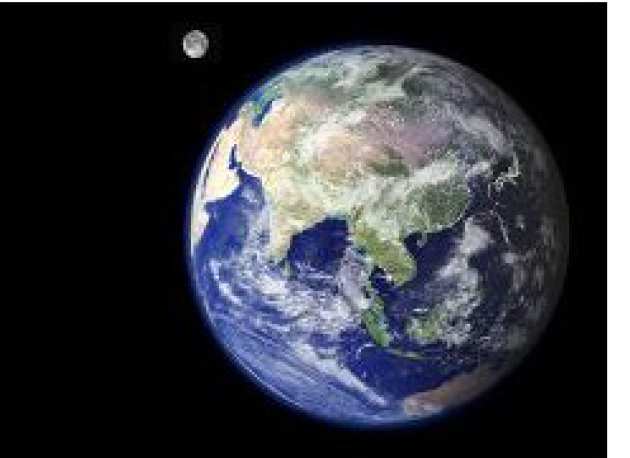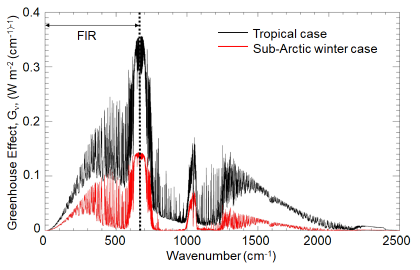 In our study of the atmosphere of planet Earth, we need to have global observations of atmospheric parameters such as temperature, pressure, and the concentration of key chemically or radiatively active constituents, and radiative fluxes. We turn to observations made by sophisticated instruments on the ground and on orbiting spacecraft to obtain these measurements.
In our study of the atmosphere of planet Earth, we need to have global observations of atmospheric parameters such as temperature, pressure, and the concentration of key chemically or radiatively active constituents, and radiative fluxes. We turn to observations made by sophisticated instruments on the ground and on orbiting spacecraft to obtain these measurements.
The group is involved in several ongoing missions and instrument projects, with more detail on the instrumentation page.
Radiation budget measurements
We are also the lead group for the Geostationary Earth Radiation Budget (GERB) experiment which is flying on all four of the Meteosat Second Generation (MSG) geostationary spacecraft, to make measurements of the Earth's radiation budget, for the first time from this orbit. Imperial is teamed with the Rutherford Appleton Laboratory, Leicester University, and with colleagues in Belgium and Italy, and many other centres in the UK and the rest of Europe, and the USA. Studies are being undertaken of the cloud-radiative feedback; the effects of desert dust on the radiation balance; the diurnal cycle; the net radiative balance at the top of the atmosphere; and many other problems using this truly unique experiment.
Far Infrared Climate Science

On the global average, simulations imply that the far-infrared part of the electromagnetic spectrum (15-100 microns) is responsible for over half of the Earth’s emission of outgoing longwave radiation (OLR) to space. Put another way, atmospheric absorption within the far-infrared is expected to a major contribution to the Earth’s Greenhouse effect. Despite this, to-date the region has not been extensively studied, with limited ground-based and airborne measurements and no satellite mission capable of resolving the entire outgoing far-infrared spectrum.
Our team at Imperial is working with colleagues around the world to change this, playing a leading role in the European Space Agency’s Far-infrared Outgoing Radiation Understanding and Monitoring (FORUM) mission, due for launch in 2027. We are using measurements that we have collected from the Tropospheric Airborne Fourier Transform Spectrometer (TAFTS) to probe how far-infrared spectra can be used to provide insights into the role of water vapour and high-level ice cloud in driving and responding to changes in surface temperature, and to provide new information about surface properties. In parallel, we are developing new, world-leading instrumental capability through our ground-based Far-INfrarEd Spectrometer for Surface Emissivity (FINESSE) and the FORUM aircraft prototype, the UNiversal InfraRed Airborne Spectrometer (UNIRAS).
Find out more
Vist the Imperial College Earth Observation Network